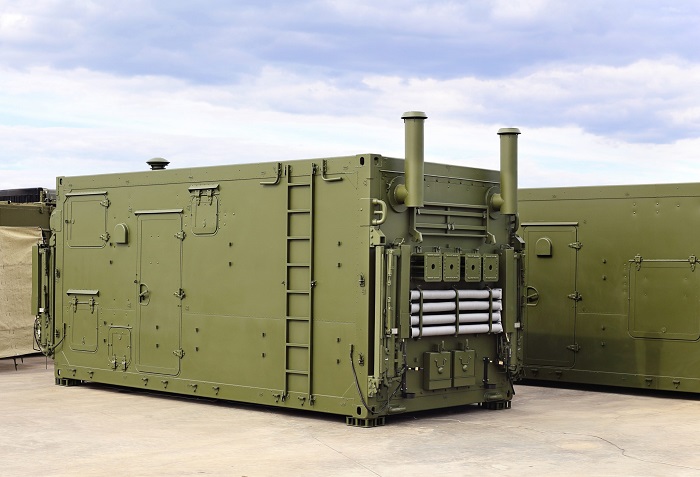
Unpacking the Mystery, What Exactly is a Conex in the Military
Unpacking the Mystery, What Exactly is a Conex in the Military?
Hey there, shipping supports! Today, we’re going to dive into the world of military logistics and explore the fascinating world of Conex containers. If you’ve ever wondered what exactly a Conex is and how it became an integral part of military operations, you’re in the right place. So, let’s unpack the mystery and discover the story behind these military marvels.
Origins of the Conex
The Conex container, short for “Container Express,” has its roots in World War II. During the war, the U.S. Army faced a significant challenge in efficiently shipping supplies and equipment to troops stationed around the world. Traditional wooden crates were proving to be cumbersome and time-consuming to load and unload. This led to the development of a standardized shipping container that could be easily carried away and stacked.
Standardization and Modernizations Containers
To address the logistical challenges faced during the war, the U.S. military developed the Conex container. These containers were easily loaded onto ships, trucks, and trains, enabling quick and efficient transportation of goods. The standardized dimensions allowed for easy mountain, ensuring maximum use of space.
The Birth of the Container Shipping Industry
Surplus Conex containers revolutionized the way goods were transported across the globe. Instead of relying on traditional methods such as individual packaging and handling, the container shipping industry allowed for the efficient movement of large quantities of goods in a standardized and secure manner. Managers quickly realized the benefits of using Conex containers for shipping. The standardized dimensions of the containers made it easier to plan and optimize cargo loads, resulting in significant time and cost savings. The sturdy construction of the containers provided a secure and weather-resistant environment for goods, protecting them from damage during transportation.
As the container shipping industry gained momentum, the demand for Conex containers increased. Companies started producing new containers specifically designed for shipping, with improved features and durability. These containers, often referred to as intermodal containers, have become the backbone of the global shipping industry, enabling the seamless movement of goods from one corner of the world to another.
Versatility of Conex Containers
One reason Conex containers became so popular among producers is their versatility. These containers can be easily modified and customized to serve a wide range of purposes beyond just shipping.
For example, many people have repurposed Conex containers into portable offices, pop-up shops, and even shipping container homes. The sturdy construction of the containers makes them ideal for creating durable and secure structures. With a few modifications, you can transform a Conex container into a comfortable and functional space. Conex containers have also been used for storage. Whether you need extra storage space for your business or want a secure place to store belongings, a shipping container can be a cost-effective solution. These containers are weather-resistant and provide a safe environment for your items. The versatility of Conex containers is truly remarkable. From shipping goods across the world to serving as alternative housing or emergency relief facilities, these containers have proven to be adaptable and practical in various situations.
the humble Conex container has come a long way since its inception during World War II. What initially started as a solution to logistical challenges has now become the backbone of the global shipping industry.

